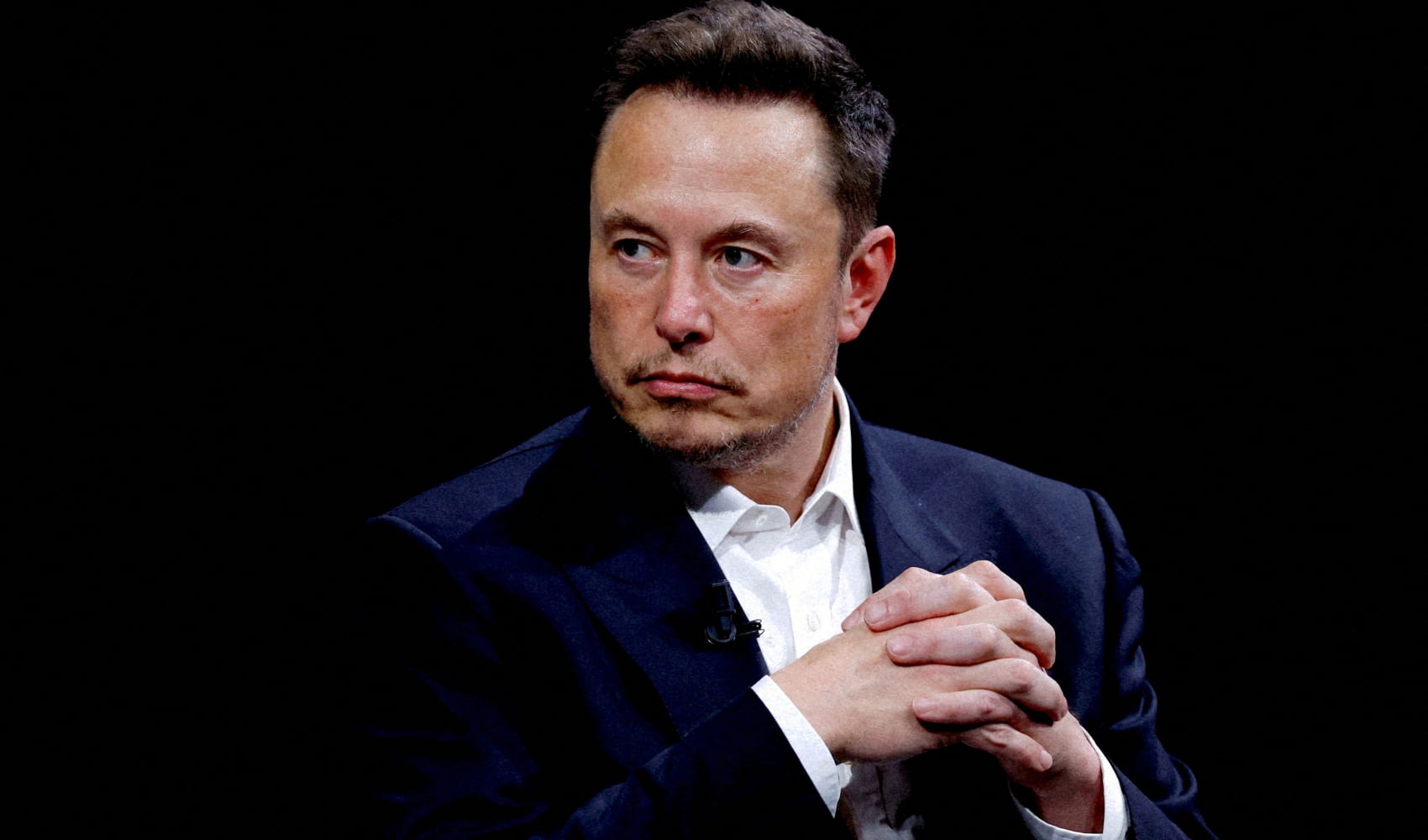Fifteen-year-old Yahya Abdi’s 5 1/2-hour journey from San Jose to Hawaii in extreme conditions captured the world’s attention, but also prompted lawmakers to ask how he could have hopped the airport's fence so easily.
Bay Area Congressman Eric Swalwell is looking at Silicon Valley to help protect airport perimeters.
Swalwell called for pilot programs aimed at testing various technologies to secure airport perimeters after touring San Jose International Airport Friday in light of the recent security breach by Abdi who sneaked into the wheel well of a Boeing 767 after scaling a fence undetected.
Sen. Barbara Boxer (D-Calif.) on Thursday questioned a U.S. Transportation Security Administration review of San Jose airport that found its perimeter to be in compliance with the agency’s security requirement just three weeks before the stowaway incident.
Swalwell, a member of the Homeland Security Subcommittee on Transportation Security, wants the Government Accountability Office to conduct a nationwide assessment of the country’s airport perimeter security needs.
The GAO last issued a report on airport perimeter security in 2009.
In his letter to the GAO, Swalwell mentions recent high-profile breaches, including the 2012 case of a driver who crashed through a gate and onto a busy runway at Philadelphia International Airport, a jet skier in New York who walked across two runways at JFK Airport, and a 16-year-old stowaway who breached security at Charlotte-Douglas and fell to his death as the plane was nearing Boston Logan Airport.

In March, an allegedly drunken passenger walked onto the tarmac of the Dallas-Fort Worth International Airport without getting noticed.
“While we have made significant progress in airport security since 9/11, this latest incident in the Bay Area raises serious concerns affecting passenger safety,” Swalwell said.
Local
The 2009 GAO report determined that the TSA had not conducted a comprehensive risk assessment based on assessment of threats, vulnerabilities and consequences as required by the DHS’s National Infrastructure Protection Plan.
On Friday, Swalwell joined security officials on a 45-minute tour of the six miles of fence that surrounds more than 1,000 acres of runways and taxiways at the San Jose airport.
Swalwell is looking for solutions that don’t involve security guards who would have to roam the perimeter 24/7. He said that several public and private companies in Silicon Valley have already reached out to him to offer their technology, which includes radar, lidar and motion sensors.
“This is the fifth time in five years that someone has breached a perimeter, and only by luck have these individuals not caused harm to any of the passengers,” Swalwell told reporters. “Our perimeters are so porous … It’s only a matter of time before something happens. Our passengers want to know that only screened and ticketed passengers are on those flights.”
At the Senate hearing this week, Boxer said that if a teenager could slip through security barriers, others could, too.
“What if it was someone else with an explosive?”' Boxer asked.
TSA Administrator John Pistole told Boxer at the hearing that the airport’s fencing “was in fine shape,” recalling an observation by a previous secretary of the Department of Homeland Security, who said: "Show me a 15-foot fence, and I'll show you a 16-foot ladder.''
“There is no 100 percent solution here,” Pistole said.
“But where’s the layered defense?” Boxer asked.
“There are a number of opportunities,” Pistole replied. “There could be armed officers or with canines out patrolling. There could be better CCTV coverage; there could be a second fence in some situations.”
Let's use advances in technology to protect airport perimeters. Had @Skype chat today w/ tech company to hear ideas. pic.twitter.com/vvpYn06wsL — Rep. Eric Swalwell (@RepSwalwell) April 25, 2014
NBC Bay Area's Bob Redell contributed to this report.



